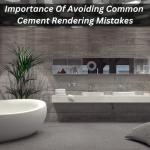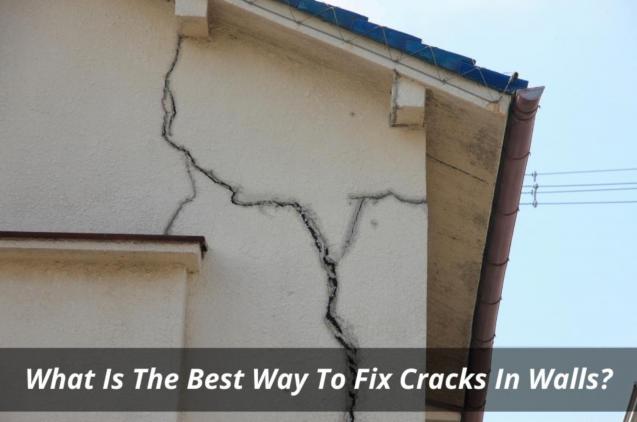
Importance Of Avoiding Common Cement Rendering Mistakes
Common mistakes, such as trapped moisture and improper rendering finishes, can lead to long-term damage to the wall. Properly cement rendering a wall requires attention to detail and knowledge of the materials used. In this article, we will discuss how to render a brick wall and provide some tips on rendering services and materials.
Choosing the right cement rendering mix and supplies
When it comes to cement rendering, choosing the right mix and supplies is crucial for achieving a high-quality finish and ensuring the longevity of the render.
- Locating the best render supplies near you
- Cement render mix vs Sand and Cement render
Cement render mix is a pre-mixed product that contains cement, sand, and lime. It is easy to use, but it is not as cost-effective as sand and cement render, which requires mixing on-site.
Sand and cement render is a more traditional option and is often preferred for its durability. It is also more customizable, allowing you to adjust the ratio of sand to cement based on your desired finish.
Cost of rendering a house
The cost of rendering a house will depend on several factors, including the size of the project, the type of render materials used, and the level of preparation required. It is essential to have a budget in mind before starting the project to avoid overspending.
Proper preparation for rendering
Proper preparation for rendering is crucial for ensuring a smooth and successful outcome of the rendering process, whether it's for a small DIY project or a large commercial building.
- Preparing the wall surface
- Applying a primer coat
Common cement rendering mistakes to avoid
Cement rendering is a popular method used to enhance the appearance and durability of building exteriors, but there are common mistakes that can occur during the process that can lead to unsightly and costly issues down the line. These include:
- Applying too thin or thick coats
- Skipping the troweling process
- Overworking the render
- Not allowing proper drying time
Tips for achieving a quality finish render
When it comes to achieving a quality finish render, there are several tips and techniques that can be employed to ensure the best possible result.
- Choosing the right cement render colours
- Applying a top coat
In conclusion, it is crucial for any company offering cement rendering services to avoid common mistakes that could compromise the final outcome of the project. Jims Rendering Sydney understands the importance of avoiding such errors and offers top-notch cement rendering services that guarantee excellent results.
By avoiding mistakes such as failing to properly bind with the walls, not allowing the render to cure for at least 28 days, and not using the right type of acrylic render, Jims Rendering Sydney ensures that our customers receive high-quality rendering services that stand the test of time. Trust Jims Rendering Sydney to deliver exceptional cement rendering services for your property.



